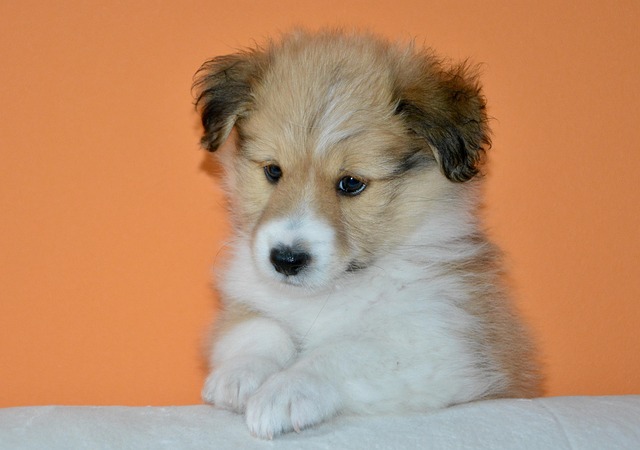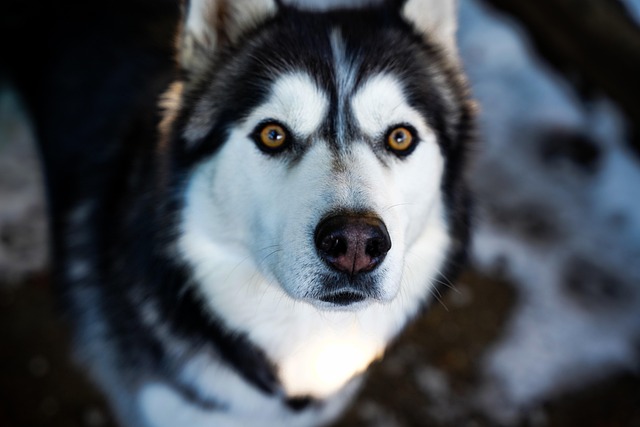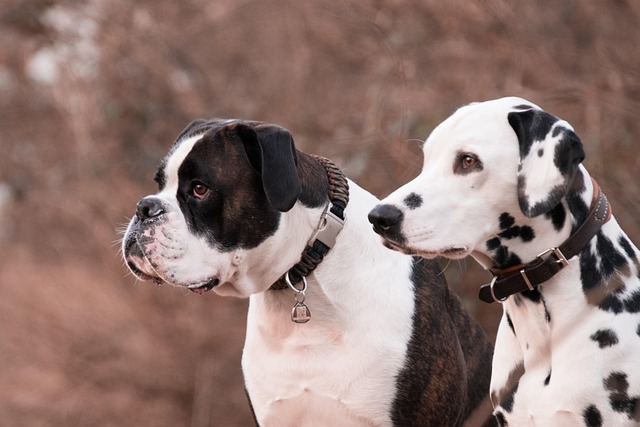
How often should dogs get flea and tick prevention?
Seeing your dog scratch incessantly breaks your heart. Fleas and ticks aren’t just pesky bugs—they’re carriers of diseases that can turn your furry friend’s world into a nightmare.
Housebreaking your furry friend isn't just about keeping your floors clean—it's a game-changer for both of you. Think about it: no more late-night dashes in the rain, no embarrassing surprises when guests visit. But it's not just a convenience thing. In many areas, letting your dog relieve themselves in public spaces without cleaning up isn't just rude—it’s against local waste disposal regulations. Mastering the toilet training basics helps you be a responsible pet owner while giving your dog a clear routine.
First off, understand your dog's biology. Puppies typically need to go out 15 - 30 minutes after eating, drinking, waking up, or playing. Adult dogs can usually hold it longer, but consistency is key. Start by choosing a specific spot outside—somewhere with easy access and a bit of privacy. Your backyard, a quiet corner of the park (as long as it’s legal to let your dog pee there), or even a designated pee pad area indoors can work.
 The secret sauce? Positive reinforcement. When your dog uses the right spot, go wild with praise! Shower them with treats, belly rubs, and excited "good boys" or "good girls." Dogs thrive on that attention, and they’ll quickly connect the dots between doing their business in the right place and getting rewarded. Skip the scolding if they have an accident—negative reactions just make them anxious and confused. Instead, clean it up quietly with an enzymatic cleaner to remove the smell completely.
The secret sauce? Positive reinforcement. When your dog uses the right spot, go wild with praise! Shower them with treats, belly rubs, and excited "good boys" or "good girls." Dogs thrive on that attention, and they’ll quickly connect the dots between doing their business in the right place and getting rewarded. Skip the scolding if they have an accident—negative reactions just make them anxious and confused. Instead, clean it up quietly with an enzymatic cleaner to remove the smell completely.
For indoor training with pee pads, start by placing them in the area where your dog has had accidents before. Gradually move the pad closer to the door over a few days, then outside once they're consistently using it. Some folks use artificial grass mats, which can be a great option for apartments or homes without a yard. Just make sure you’re complying with local waste management rules when disposing of used pads or cleaning the mat.
Remember, every dog is different. Some pick up toilet training in a week, while others might take a couple of months. Be patient, stay consistent, and adjust your approach if needed. If you're really struggling, consider reaching out to a local dog trainer. Many communities also have pet training resources or animal welfare organizations that offer affordable classes focused on basic obedience and housebreaking.
By investing time in proper toilet training, you’re not only creating a harmonious home environment but also ensuring you’re a respectful neighbor. After all, nobody likes stepping in a surprise while walking their own dog. So grab those treats, set a schedule, and get ready to celebrate every successful potty break—because a well-trained dog is a happy dog, and a happy dog means a happy you.

Seeing your dog scratch incessantly breaks your heart. Fleas and ticks aren’t just pesky bugs—they’re carriers of diseases that can turn your furry friend’s world into a nightmare.

You’re out on a walk, and a neighbor’s dog lunges at your leash, snarling. It’s a heart-stopping moment that makes you wonder: did the owner’s actions turn this pup into a ball of aggression?

You’re standing in your kitchen, dishing up dinner, and your golden retriever’s eyes are locked on you like you’re holding the key to a treasure chest.

Watching your Golden Retriever’s tail wag as they eagerly await food is one of life’s simple joys. But getting the feeding schedule right isn’t just about keeping those puppy eyes happy—it’s crucial for their health.

Knowing the first signs of bloat in your dog isn't just helpful – it could literally save their life. Canine bloat, more accurately called Gastric Dilatation-Volvulus (GDV)

The moment you decide to adopt a dog, excitement mixes with nerves. Imagining that wagging tail greeting you at home is heartwarming, but then the question hits: how long until that dream becomes reality?